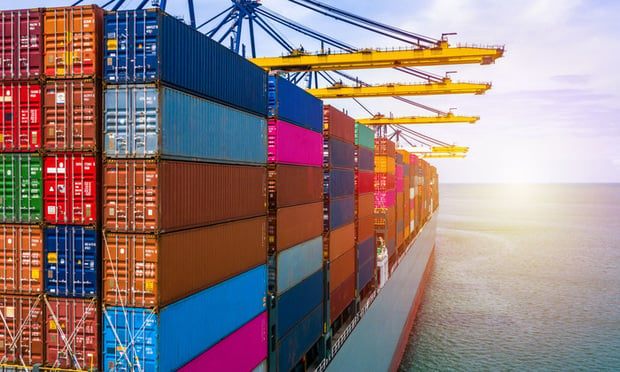 While total losses declined year-on-year, the number of shipping causalities and incidents reported was relatively flat year on year, with AGCS reported. (Credit: Kalyakan/Adobe Stock)
While total losses declined year-on-year, the number of shipping causalities and incidents reported was relatively flat year on year, with AGCS reported. (Credit: Kalyakan/Adobe Stock)
In 2022, ocean marine losses hit their lowest point in the 12 years low, Allianz Global Corporate & Specialty (AGCS) has been producing its annual Safety & Shipping Review. During the past year, 38 vessels were total losses compared with 59 in 2021.
Recommended For You
Want to continue reading?
Become a Free PropertyCasualty360 Digital Reader
Your access to unlimited PropertyCasualty360 content isn’t changing.
Once you are an ALM digital member, you’ll receive:
- Breaking insurance news and analysis, on-site and via our newsletters and custom alerts
- Weekly Insurance Speak podcast featuring exclusive interviews with industry leaders
- Educational webcasts, white papers, and ebooks from industry thought leaders
- Critical converage of the employee benefits and financial advisory markets on our other ALM sites, BenefitsPRO and ThinkAdvisor
Already have an account? Sign In Now
© Touchpoint Markets, All Rights Reserved. Request academic re-use from www.copyright.com. All other uses, submit a request to [email protected]. For more inforrmation visit Asset & Logo Licensing.







